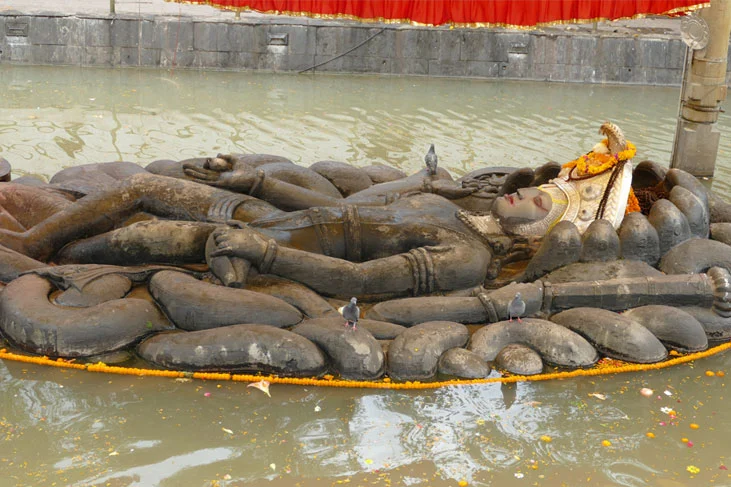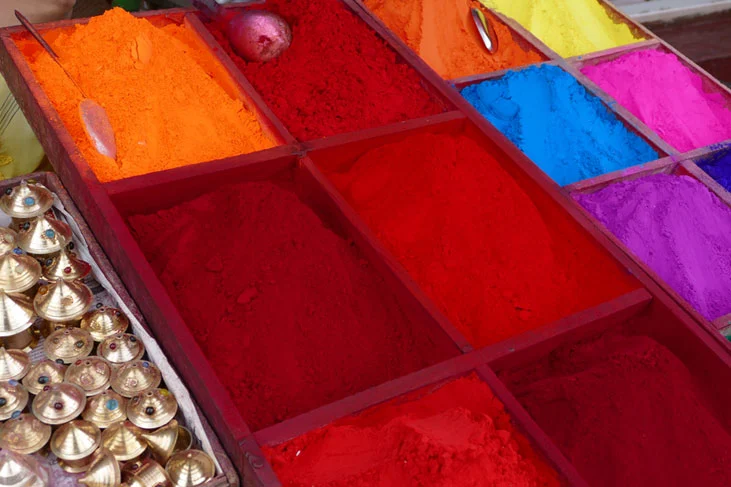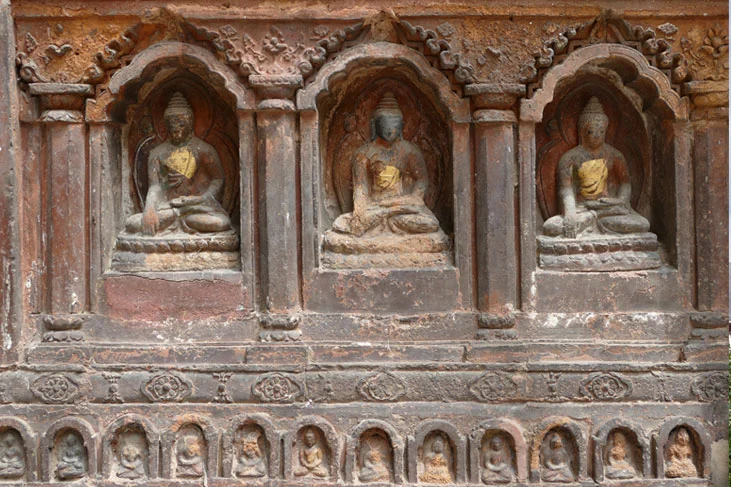Nepal is a located between the majestic Himalaya Mountains and the fascinating Indian jungles. Nepal is the most beautiful and stunning Himalayan country in the world. Though small in size, it is known in the world as a nation of color and contrasts-a hidden Shangri-La of nature, culture and adventure. In the countryside the way of life is still traditional, nature is at its best, high mountains and lush valleys are ideal places for trekking and mountaineering, flora and fauna invites a nature lover for a rendezvous with them. Nepal is rich with traditions of art and culture and Kathmandu, the capital city, is a treasure house of ancient art and culture. Since the country opened its borders to foreigners, it emerged as an enchanting destination for hikers and trekkers of all types, many venturing to the famous Everest Base Camp. Its strongly proved unparalleled trekking opportunities while the appeal of climbing Mount Everest was more than enough to attract mountain climbers from all over the planet.

Over the years, Nepal is very popular in travel destination. Its rich natural beauty, historic attractions and vast cultural heritage has proven to be the perfect mix between the ancient and the modern, slow paced lifestyles and frantic city life.
Geography:
Nepal is a mountainous and landlocked country lying on the slopes between of the Himalayas between China and vast tropical land of India. Its area is 147,181sq.km. It is 885 km east to west and 145 to 241 km north to south. The country is divided into three geographical regions.
Himalayan Region: The altitude of this region is above 5,000m. The region encompasses eight of the 14 highest summits of the world crossing over an altitude of 8,000m including Everest, Annapurna, Dhaulagiri etc.
Hilly Region: The region lies between the Himalayan and Terai region soaring up to 4,877m.
Terai Region: It extends from the Nepal-India border in the south to the base of Siwalik Hills (Churia) in the north. Its elevation ranges from 70 to 200m with subtropical climate.
People: Nepal has a compound population stemming from various racial and ethnic communities. It has been a rainbow color of diverse linguistic and ethnic groups with population 25 million living in different regions, wearing different costumes and speaking different languages and dialects the people belong to multi-ethnic groups, ranging from the Indo-Aryan to Mongoloid. The Himalayan and central hilly regions are mostly inhabited by the people of the Tibeto-Burman stock while the people inhabiting the Terai lowlands may be grouped under the Indo-Aryan category.
Religion: Hinduism and Buddhism constitute two major religions in Nepal. A remarkable feature of Nepal is the religious harmony, particularly between the Hindu and Buddhist communities. Apart from the Hindus and Buddhists, Muslims, Christians are major religions of Nepal.

History: Nepal has a long glorious history. Its civilization can be traced back to thousands of years before the birth of Christ. Nepal was ruled by Kirants, the Mallas, Lichhavis, Shah. The Kirantas were said to have ruled their territories from 300 B.C. The country took its present shape only after 1768 A.D. when Prithvi Narayan Shah, king of Gorkha, conquered and united all the tiny states into one kingdom.
Art and Culture: Nepal’s traditional architecture, painting and sculpture have been well preserved for 1500 years. The exquisite medieval art and architecture of the Kathmandu valley vividly reflects the artistic ingenuity and the religious tradition of the people. To better understand the deep and complex roots of Nepalese culture, it is necessary to visit the monuments and religious shrines.
Climate: Nepal’s climate varies with its landscape. It ranges from tropical to alpine depending upon the altitude. The Terai region which lies in the tropical southern part of the country has a hot & humid climate. The mid-land regions are pleasant almost all year around. The northern mountain region, around an altitude above 3353 m has an alpine climate with a considerably lower temperature in winter can be expected.
Nepal has four major seasons.
- Winter (December-February)
- Spring (March-May)
- Summer (June-August)
- Autumn (September-November)
Getting to Nepal:
By Air: Kathmandu is served by direct flight to/from Amsterdam, London, Paris, Frankfurt, Moscow, Vienna, Abu Dhabi, Doha, Dubai, Karachi, Kolkota, Banglore, Delhi, Mumbai, Patna, Varanasi, Dhaka, Paro (Bhutan), Lhasa (Tibet) Bangkok, Hong Kong, Singapore, Shanghai (China) and Osaka (Japan).
By Land: All visitors entering Nepal by land can enter through the following routes-Kakarbhitta, Birjung, Sunauli, Nepalgunj, Dhangadhi, Mahendranagar on the Nepal-India border and Kodari on the Nepal-China border.
Season:
The most popular seasons for traveling to Nepal (Feb-May) and autumn (Aug-Nov). During the monsoon season (June-Aug) tours and treks are also possible depending on where you are going.

Money and Credit Cards:
Payment can be made in foreign exchange in hotels, travel agencies and airlines. Credit cards such as American Express, Master and Visa are widely accepted at major hotels, travel agencies, shops and restaurants.
Travel Documents: It is the traveler’s own responsibility to obtain passport and travel visa. The passport should be valid for at least 6 months beyond the intended return date. The travelers are responsible for providing us the correct complete and accurate information about personal details including physical disabilities.